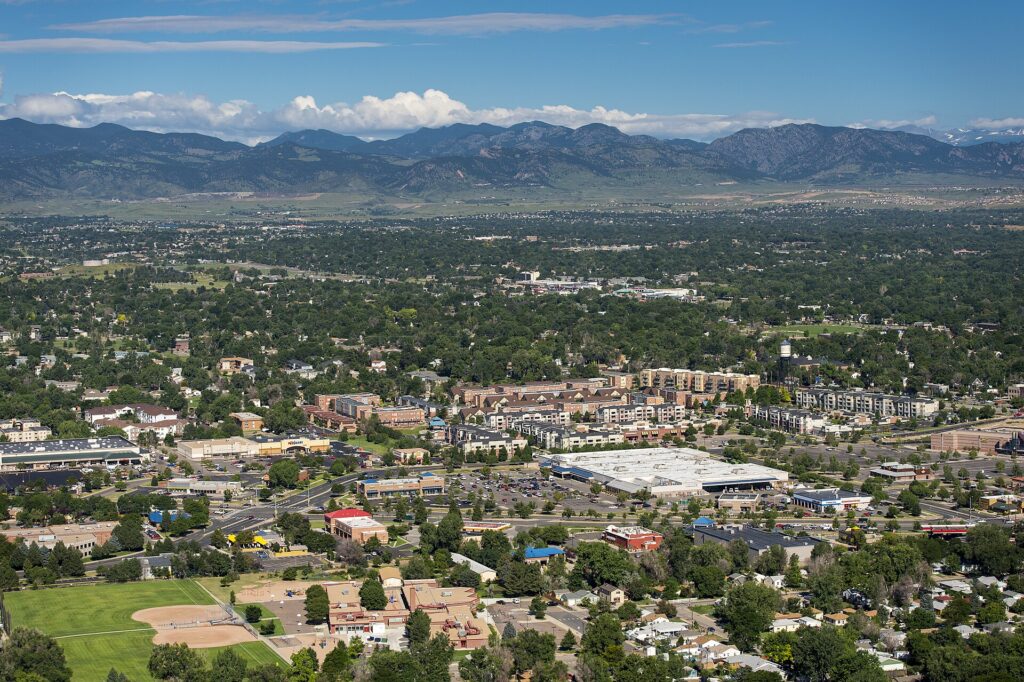
Moving to Arvada, Colorado: A Comprehensive Relocation Guide
Considering moving to Arvada, Colorado? Nestled between Denver and the foothills of the Rocky Mountains, Arvada blends small-town charm with convenient access to big-city amenities. This 2025 relocation guide provides insights into the city’s demographics, economy, lifestyle, and why so many families choose Arvada as their Colorado home.
Demographic Profile to Consider If Moving to Arvada:
Arvada lies northwest of Denver in Jefferson and Adams counties. With a 2025 population exceeding 126,000, it is one of Colorado’s largest and fastest-growing suburban communities. Known for its historic Olde Town district and strong sense of community, Arvada attracts professionals, families, and retirees seeking safety, parks, and scenic mountain views. Find trusted local services for moving, living, and working in Arvada.Arvada Relocation Directory
Cost of Living to Consider If Moving to Arvada:
Arvada’s cost of living sits slightly above the national average but remains more affordable than central Denver or Boulder. Median home prices in 2025 hover near $600,000, with a mix of single-family homes and new townhomes. Renters find rates averaging $1,800–$2,200 per month. Residents appreciate the city’s balance of affordability, safety, and easy access to jobs in Denver and the tech corridor.
Economy and Job Market:
Arvada benefits from proximity to major employment centers in Denver, Westminster, and Broomfield. Key industries include education, healthcare, retail, construction, and technology. Local employers include the City of Arvada, Jefferson County Schools, and local manufacturing firms. Many residents commute along I-70 or via RTD’s G Line commuter rail to downtown Denver.
Education:
Arvada is served by Jefferson County Public Schools, offering numerous highly rated elementary and secondary options. Red Rocks Community College and nearby Regis University provide higher-education access. Families often praise the area’s strong academic programs and extracurricular opportunities.
Recreation and Lifestyle:
Outdoor recreation defines Arvada life. The city maintains over 150 miles of trails and more than 90 parks, including Apex Center, a major recreation hub with ice rinks and pools. Olde Town Arvada features boutique shops, local restaurants, breweries, and seasonal festivals. The proximity to the Rockies makes hiking, biking, and skiing easy weekend escapes.
Healthcare and Services:
Residents have access to major hospitals such as Lutheran Medical Center in Wheat Ridge and St. Anthony North Hospital in Westminster. Numerous clinics and urgent-care facilities serve local neighborhoods, ensuring reliable healthcare options.
Transportation:
Arvada is served by the Regional Transportation District (RTD) G Line commuter rail, connecting directly to Denver Union Station. The city also has extensive bus routes and easy freeway access via I-70 and I-76, making commutes efficient across the metro area.
Conclusion:
Moving to Arvada, Colorado, in 2025 offers a well-rounded suburban lifestyle, strong schools, vibrant community culture, and easy access to both Denver’s economy and the Rocky Mountain wilderness.

